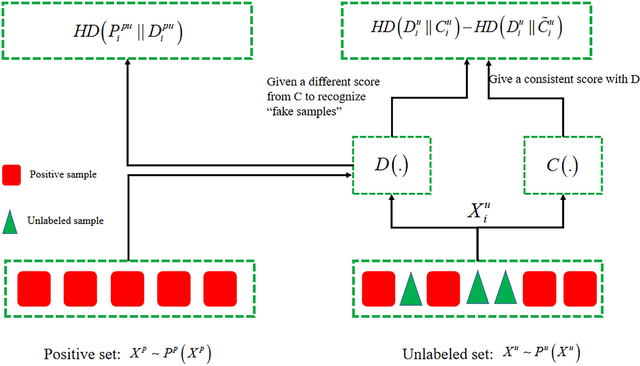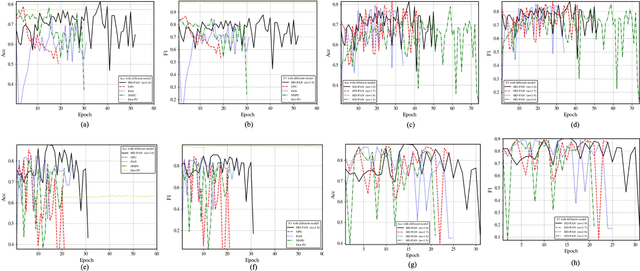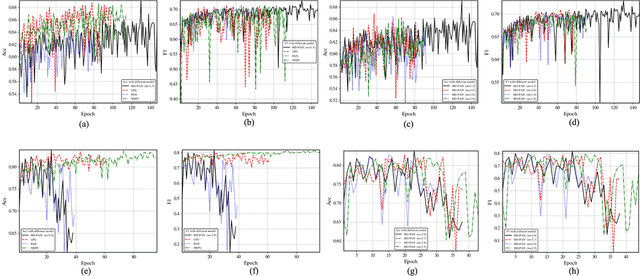Semi-Supervised Disease Classification based on Limited Medical Image Data
Paper and Code
May 07, 2024



In recent years, significant progress has been made in the field of learning from positive and unlabeled examples (PU learning), particularly in the context of advancing image and text classification tasks. However, applying PU learning to semi-supervised disease classification remains a formidable challenge, primarily due to the limited availability of labeled medical images. In the realm of medical image-aided diagnosis algorithms, numerous theoretical and practical obstacles persist. The research on PU learning for medical image-assisted diagnosis holds substantial importance, as it aims to reduce the time spent by professional experts in classifying images. Unlike natural images, medical images are typically accompanied by a scarcity of annotated data, while an abundance of unlabeled cases exists. Addressing these challenges, this paper introduces a novel generative model inspired by H\"older divergence, specifically designed for semi-supervised disease classification using positive and unlabeled medical image data. In this paper, we present a comprehensive formulation of the problem and establish its theoretical feasibility through rigorous mathematical analysis. To evaluate the effectiveness of our proposed approach, we conduct extensive experiments on five benchmark datasets commonly used in PU medical learning: BreastMNIST, PneumoniaMNIST, BloodMNIST, OCTMNIST, and AMD. The experimental results clearly demonstrate the superiority of our method over existing approaches based on KL divergence. Notably, our approach achieves state-of-the-art performance on all five disease classification benchmarks. By addressing the limitations imposed by limited labeled data and harnessing the untapped potential of unlabeled medical images, our novel generative model presents a promising direction for enhancing semi-supervised disease classification in the field of medical image analysis.
 Add to Chrome
Add to Chrome Add to Firefox
Add to Firefox Add to Edge
Add to Edge